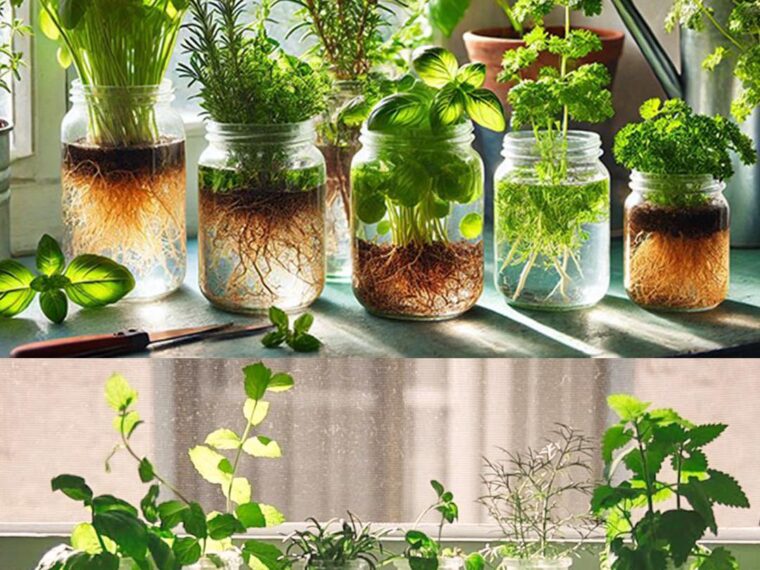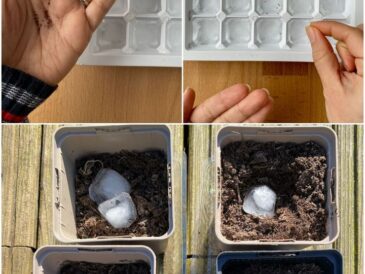1. Basil
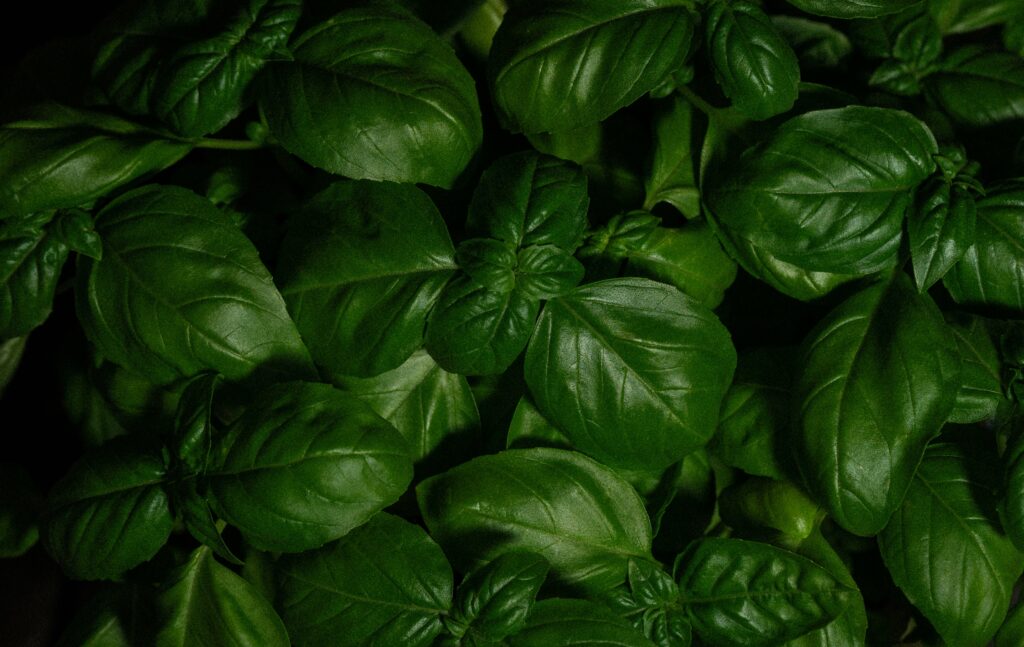
- Why It Thrives in Water: Basil is a fast-growing herb that loves water. Its cuttings root easily and quickly.
- How to Grow:
- Take a cutting just below a node (where leaves grow).
- Place it in water and watch it root within 5–10 days.
- Best Uses: Add to pasta, pizza, salads, or make fresh pesto.
2. Mint
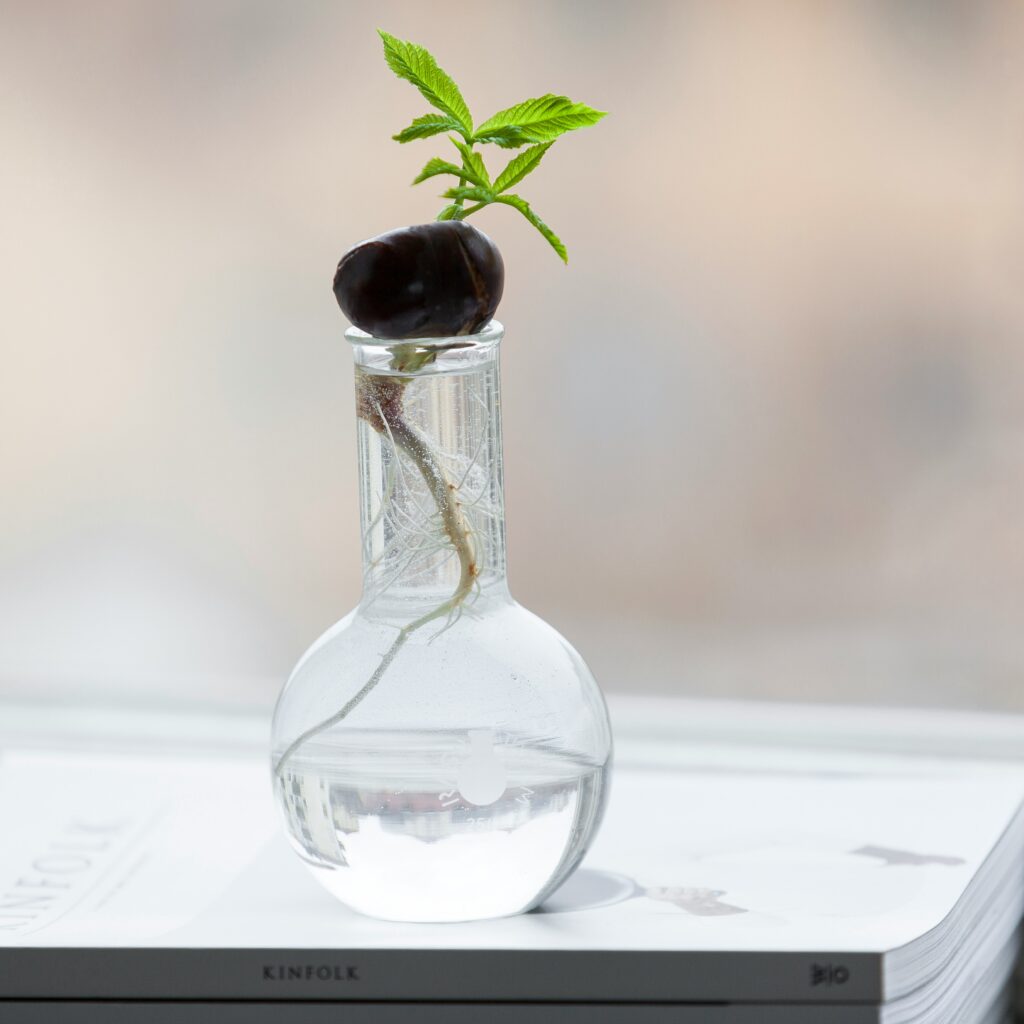
- Why It Thrives in Water: Mint’s robust growth makes it ideal for hydroponic gardening. Its refreshing aroma also acts as a natural air freshener.
- How to Grow:
- Take a cutting from an established mint plant.
- Ensure the stem has a few nodes submerged in water.
- Best Uses: Perfect for teas, cocktails like mojitos, and desserts.
3. Thyme
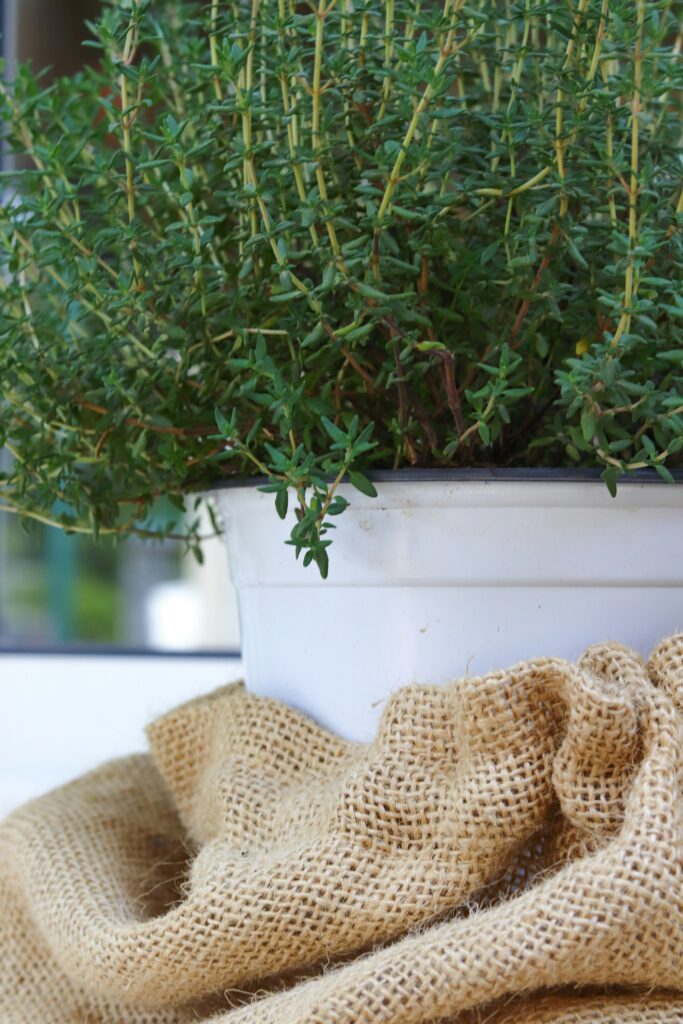
- Why It Thrives in Water: Thyme adapts well to water environments and is a versatile herb in the kitchen.
- How to Grow:
- Take a softwood cutting (green, not woody) in spring or early summer.
- Place it in water, ensuring it gets plenty of light.
- Best Uses: Season meats, soups, and roasted vegetables.
4. Oregano
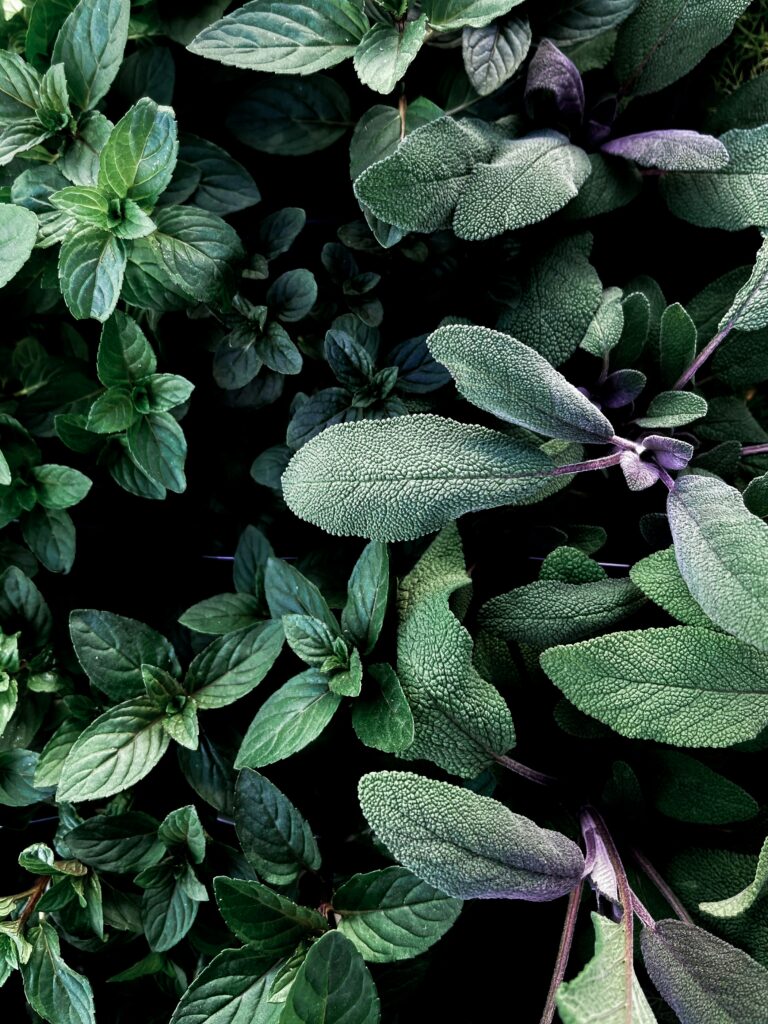
- Why It Thrives in Water: Oregano’s hardy stems root quickly, making it perfect for indoor water gardening.
- How to Grow:
- Cut a stem with multiple nodes and submerge them in water.
- Change the water weekly to prevent stagnation.
- Best Uses: Add to sauces, marinades, and Mediterranean dishes.
5. Rosemary
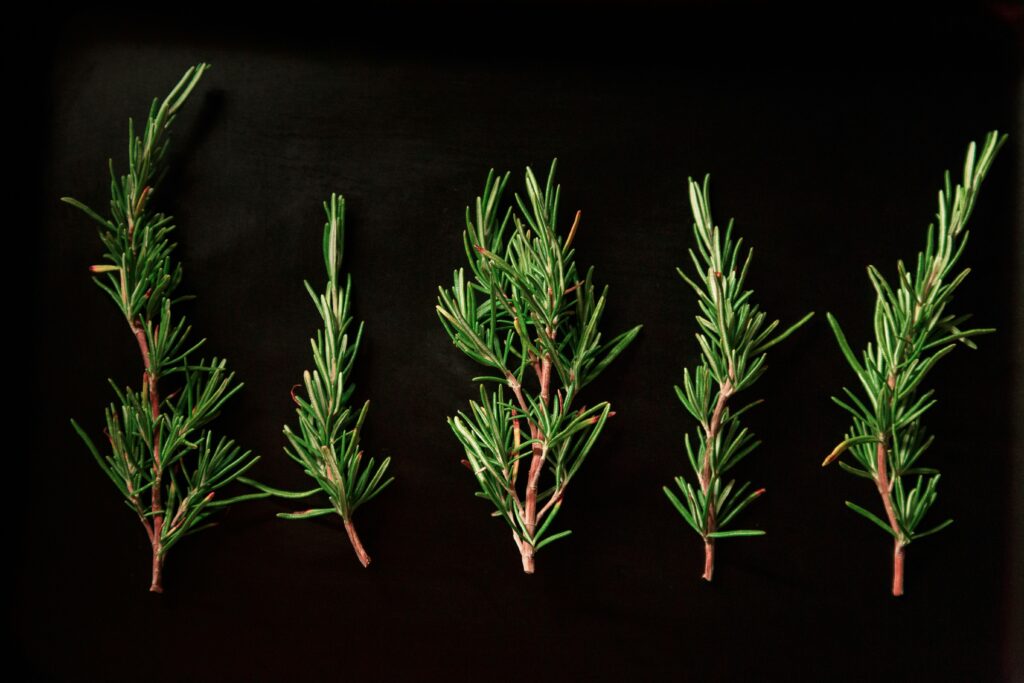
- Why It Thrives in Water: Although rosemary can take longer to root, its woody stems are durable and perfect for water propagation.
- How to Grow:
- Take a cutting from new growth, as older stems may take longer to root.
- Place in a sunny spot and be patient; roots typically appear in 2–4 weeks.
- Best Uses: Ideal for roasting meats and potatoes or infusing oils.
6. Sage
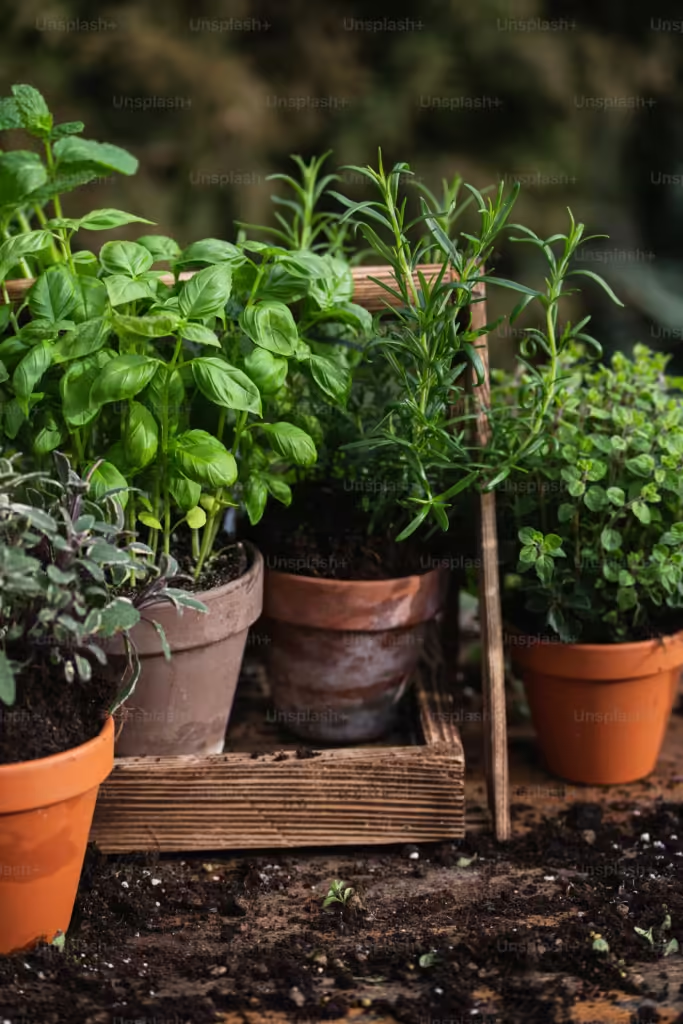
- Why It Thrives in Water: Sage’s velvety leaves add a unique texture and its cuttings root well in water.
- How to Grow:
- Use young stems for cuttings and avoid letting the leaves touch the water.
- Place in a bright spot with indirect sunlight.
- Best Uses: Enhance stuffing, meats, and herbal teas.
7. Chives
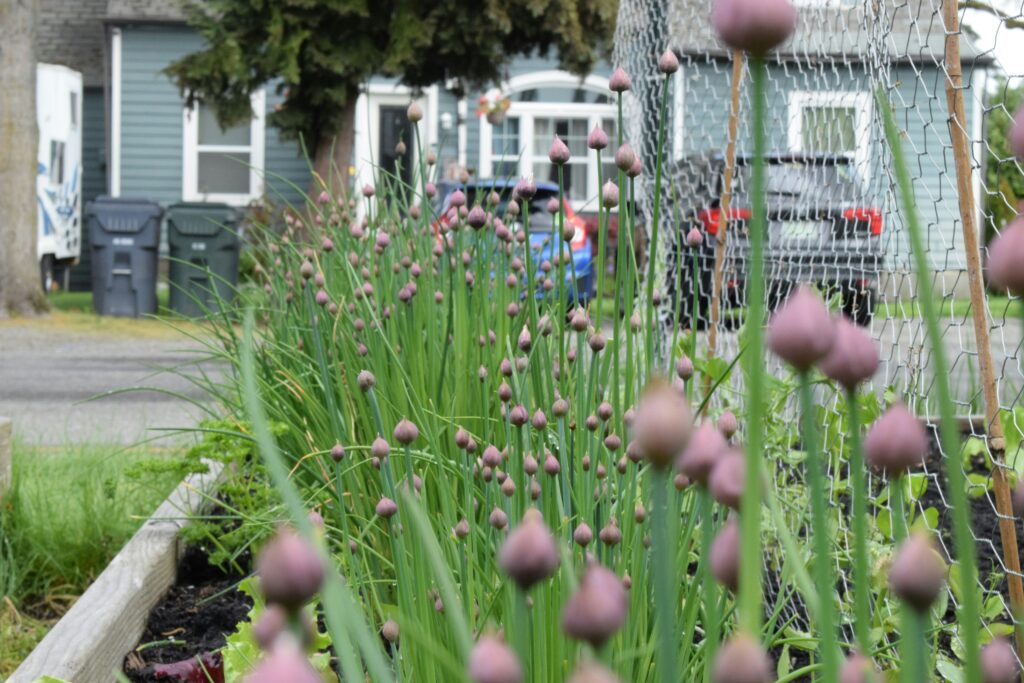
- Why It Thrives in Water: Chives are one of the easiest herbs to grow in water and are perfect for adding a fresh, onion-like flavor.
- How to Grow:
- Take a clump of chives and place the roots in water.
- Trim regularly to encourage new growth.
- Best Uses: Sprinkle over salads, eggs, soups, and baked potatoes.
Caring for Your Water-Grown Herbs
To ensure your herbs thrive:
- Change Water Weekly: This prevents algae buildup and provides fresh oxygen.
- Prune Regularly: Snip herbs often to encourage growth and prevent legginess.
- Watch for Pests: Check for any pests that may appear, even in indoor setups.
- Rotate Containers: Turn jars occasionally so all sides receive equal sunlight.
Advantages of Growing Herbs in Water
- Convenience: No soil mess or risk of overwatering.
- Year-Round Growth: Indoor setups allow for fresh herbs all year long.
- Aesthetic Appeal: Transparent jars showcase roots and greenery, doubling as décor.
Conclusion
Growing herbs in water is a game-changer for those with limited space or busy lifestyles. With just a little care and attention, you can enjoy a steady supply of fresh herbs, brighten your living space, and even save money. Whether you’re seasoning a dish or brewing herbal tea, these seven herbs are a fantastic addition to any home.
FAQs
1. Can I grow herbs in water permanently?
Yes! Many herbs can thrive in water indefinitely if you maintain proper care, like changing the water weekly and ensuring adequate light.
2. Can I use tap water for my herbs?
Tap water is fine, but filtered or distilled water is better as it lacks chlorine and other chemicals that might harm plants.
3. How long does it take for herbs to root in water?
Most herbs take 1–2 weeks to root, although woody herbs like rosemary might take longer (up to 4 weeks).
4. Do I need fertilizer for water-grown herbs?
Not initially. Over time, you can add a water-soluble fertilizer to provide nutrients, especially if you notice slower growth.
5. Can I transfer water-grown herbs to soil?
Yes! Once the roots are well-developed, you can transfer them to pots with soil for continued growth.
